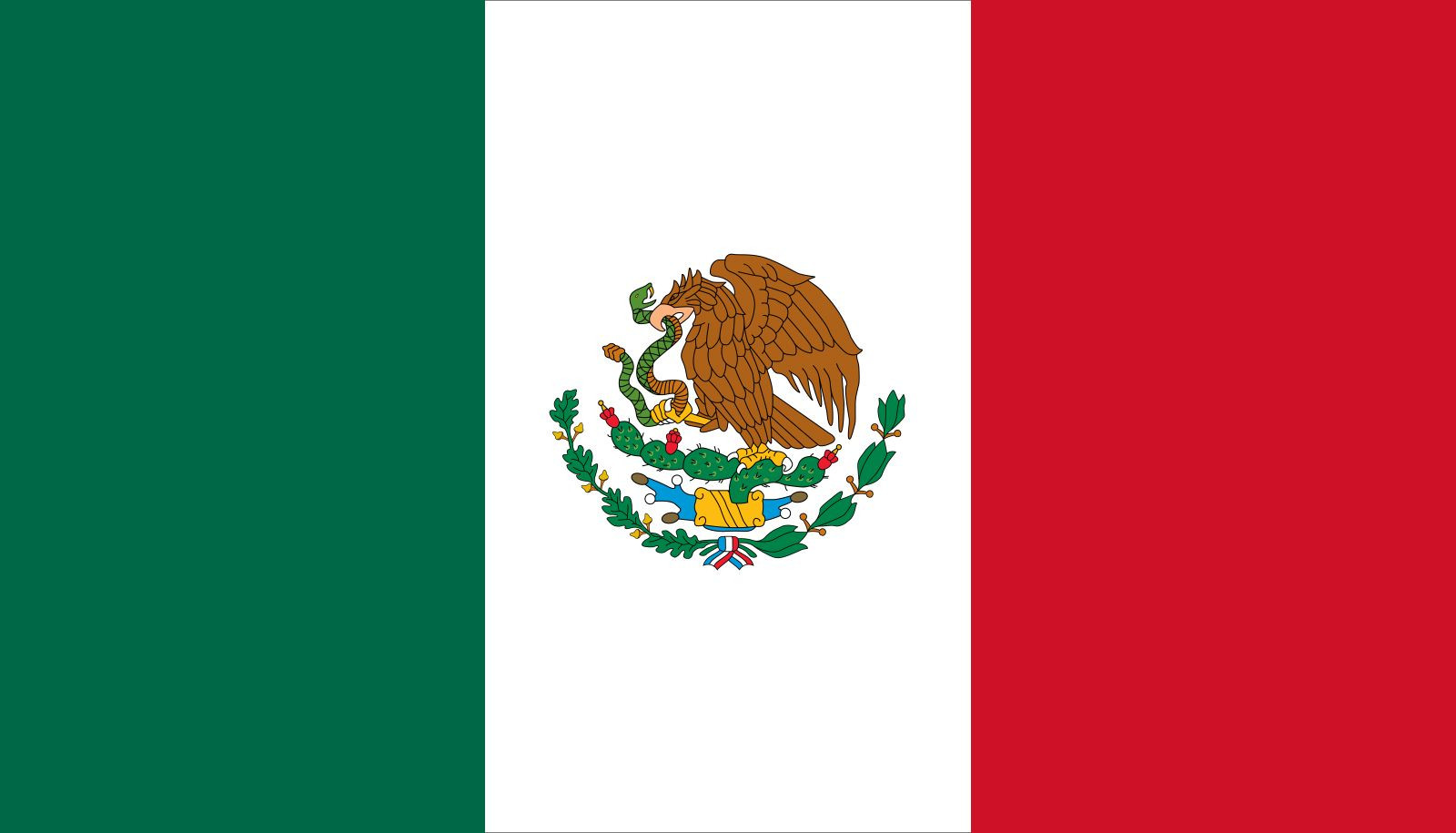The Mexican Flag Colors, a vibrant tricolor of green, white, and red, are instantly recognizable and deeply symbolic. More than just aesthetic choices, each hue and the central emblem woven into the fabric of the flag tell a story of Mexico’s identity, its tumultuous history, and its enduring spirit. Understanding the meaning behind the mexican flag colors offers a fascinating glimpse into the heart of Mexican patriotism and national pride.
 The Mexican flag, a tricolor of green, white, and red, featuring the national coat of arms with an eagle devouring a serpent on a cactus.
The Mexican flag, a tricolor of green, white, and red, featuring the national coat of arms with an eagle devouring a serpent on a cactus.
Decoding the Mexican Flag Colors: A Triad of Meaning
The mexican flag colors were officially adopted following the country’s independence in 1821, under the Plan of Iguala. While the design might have drawn inspiration from the French Tricolor, the chosen colors held distinctly Mexican significance, representing the “Three Guarantees” of the Iguala Plan:
- Green: This vibrant color embodies Independence. It represents the hope and aspiration for Mexico to be free from Spanish rule and to forge its own destiny as a sovereign nation. Green symbolizes the independence Mexicans fought hard to achieve and maintain.
- White: The pure white stripe stands for Religion, specifically the Roman Catholic faith. During the independence movement, Catholicism was a unifying force and deeply ingrained in Mexican society. White in the flag acknowledged and preserved the prominence of the Roman Catholic religion in the newly formed nation.
- Red: The bold red band symbolizes Union. It represents the unity between the different groups within Mexican society – the Europeans, the mixed-race Creoles, and the indigenous Indian population. Red signifies the blood shed for independence and the desired unity of the Mexican people.
These mexican flag colors were not merely symbolic; they reflected the core tenets upon which the newly independent Mexico was founded, a compromise that sought to unite a diverse population under a shared national identity.
The Emblem: A Mythological Centerpiece
At the heart of the white stripe lies the iconic emblem of Mexico, a powerful image rooted in Aztec legend. This central coat of arms depicts a Mexican golden eagle perched on a prickly pear cactus devouring a serpent. This scene is not just a random assortment of images but a visual representation of the founding myth of Tenochtitlán, the ancient Aztec capital, now Mexico City.
According to legend, the Aztec people were instructed by their god Huitzilopochtli to search for this exact sign – an eagle eating a snake on a cactus growing from a rock surrounded by water – to mark the location for their capital. This vision was reportedly seen in 1325, and Tenochtitlán was established on that very spot.
The emblem, therefore, connects the modern Mexican nation to its ancient roots, symbolizing heritage, resilience, and divine guidance. Throughout Mexican history, the emblem has been modified to reflect different political regimes, such as during the periods of the Mexican Empire when the eagle was crowned. However, the core symbolism of the eagle, serpent, and cactus has remained constant, consistently representing Mexican identity. The current version of the coat of arms, officially adopted in 1968, also features a wreath of oak and laurel, tied with a ribbon in the mexican flag colors, further emphasizing national unity and victory.
In conclusion, the mexican flag colors and the central emblem are far more than just decorative elements. They are a powerful visual narrative of Mexico’s history, its cultural heritage, and its national aspirations. Understanding the symbolism embedded within the green, white, and red stripes and the iconic eagle emblem provides a deeper appreciation for the rich tapestry of Mexican identity.
